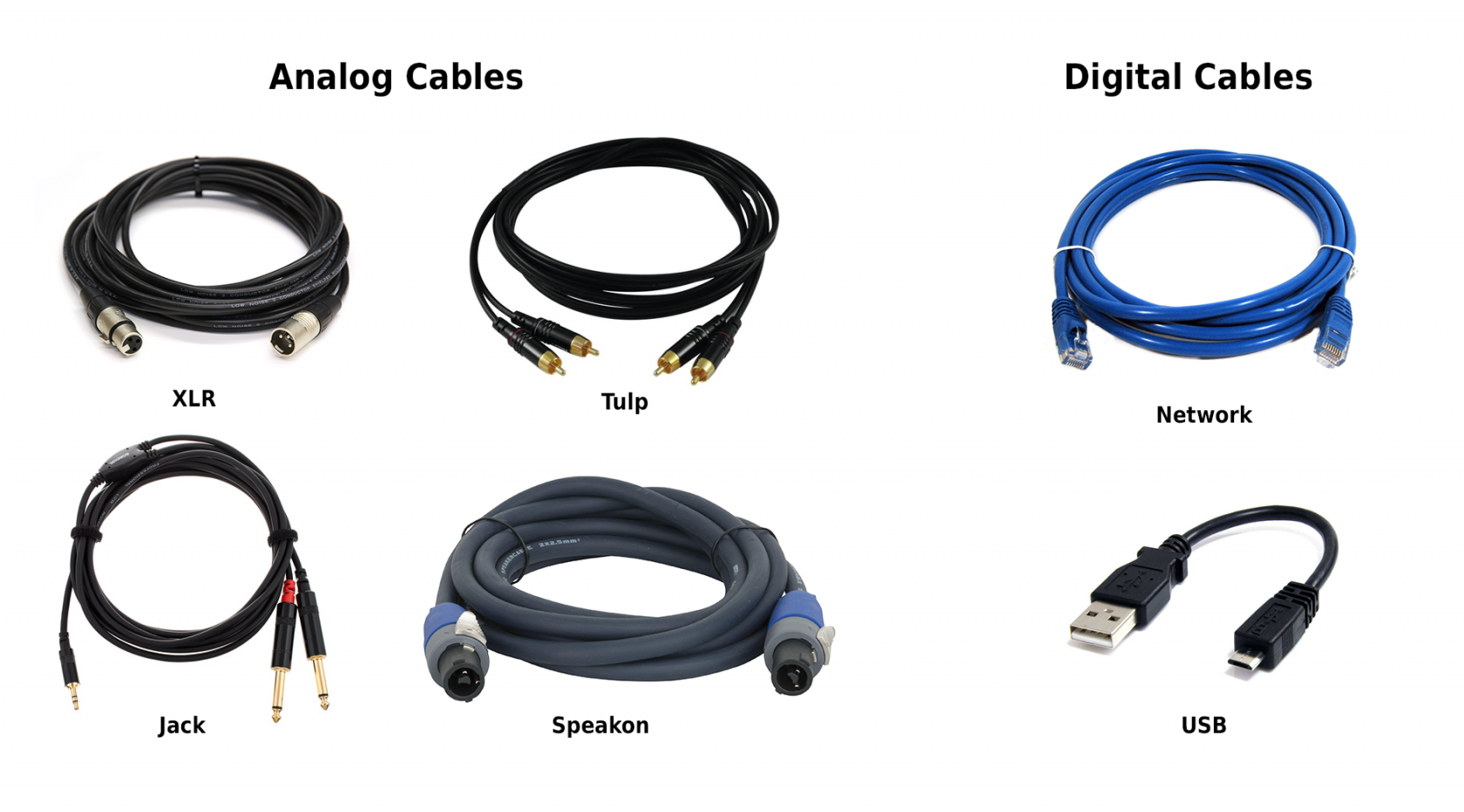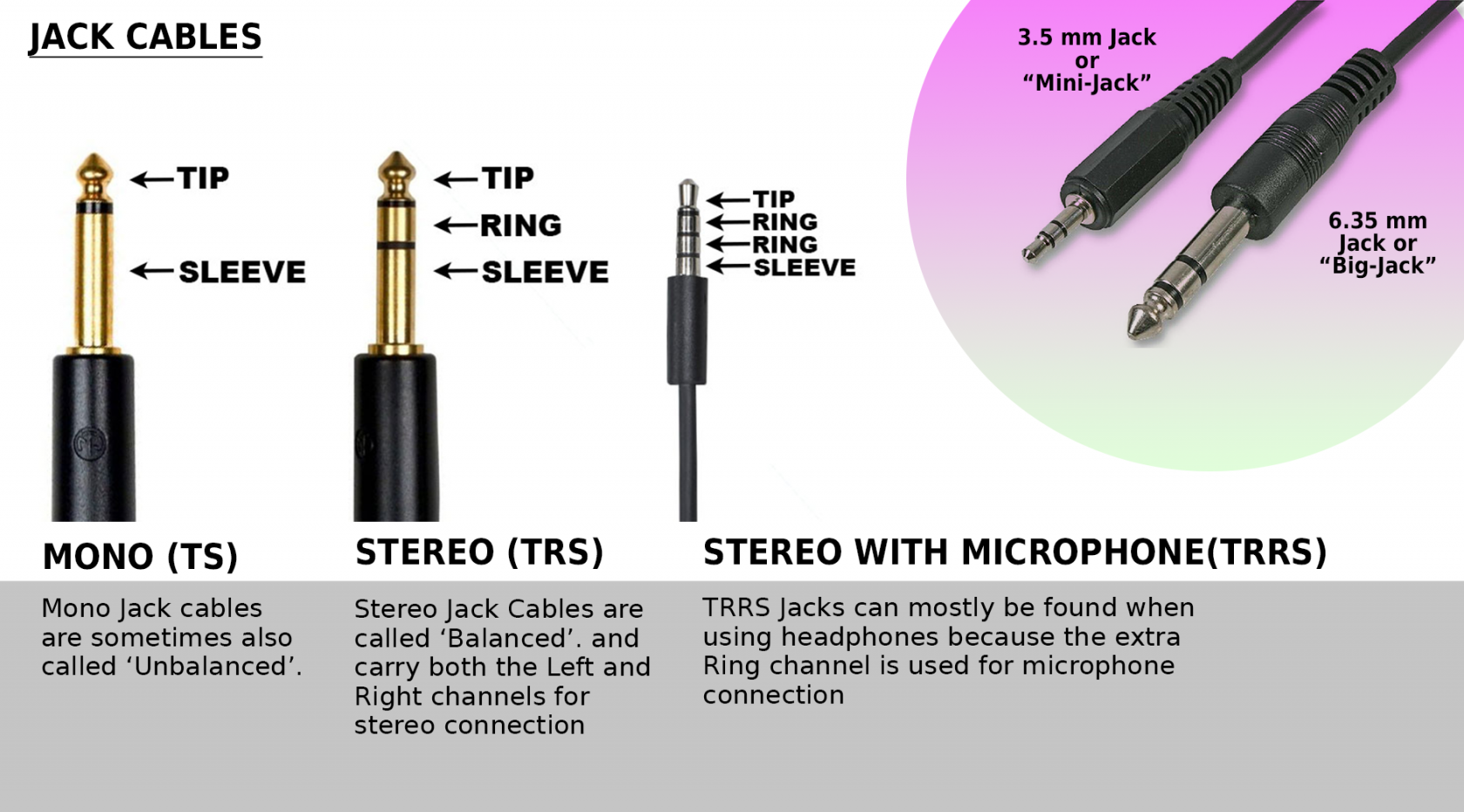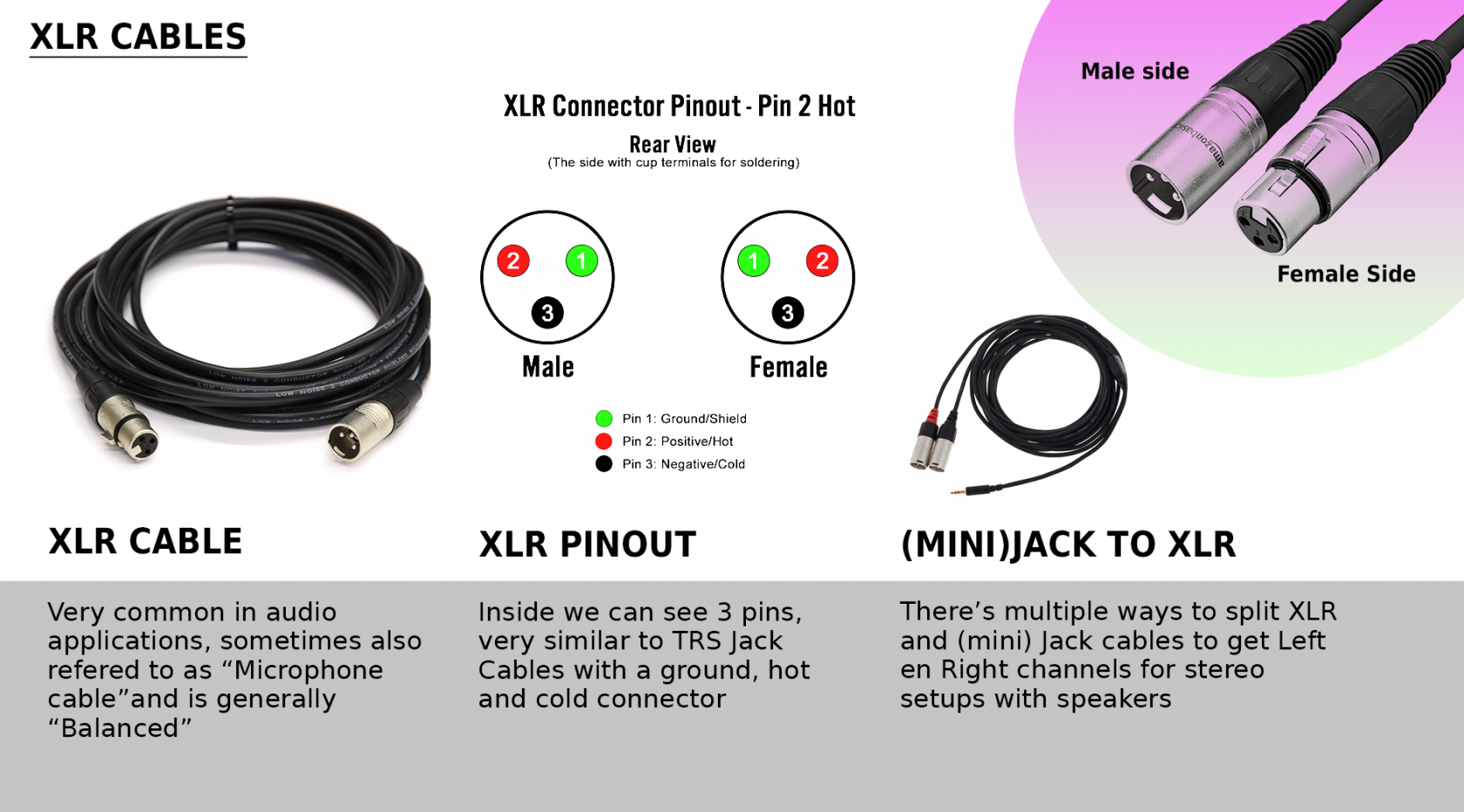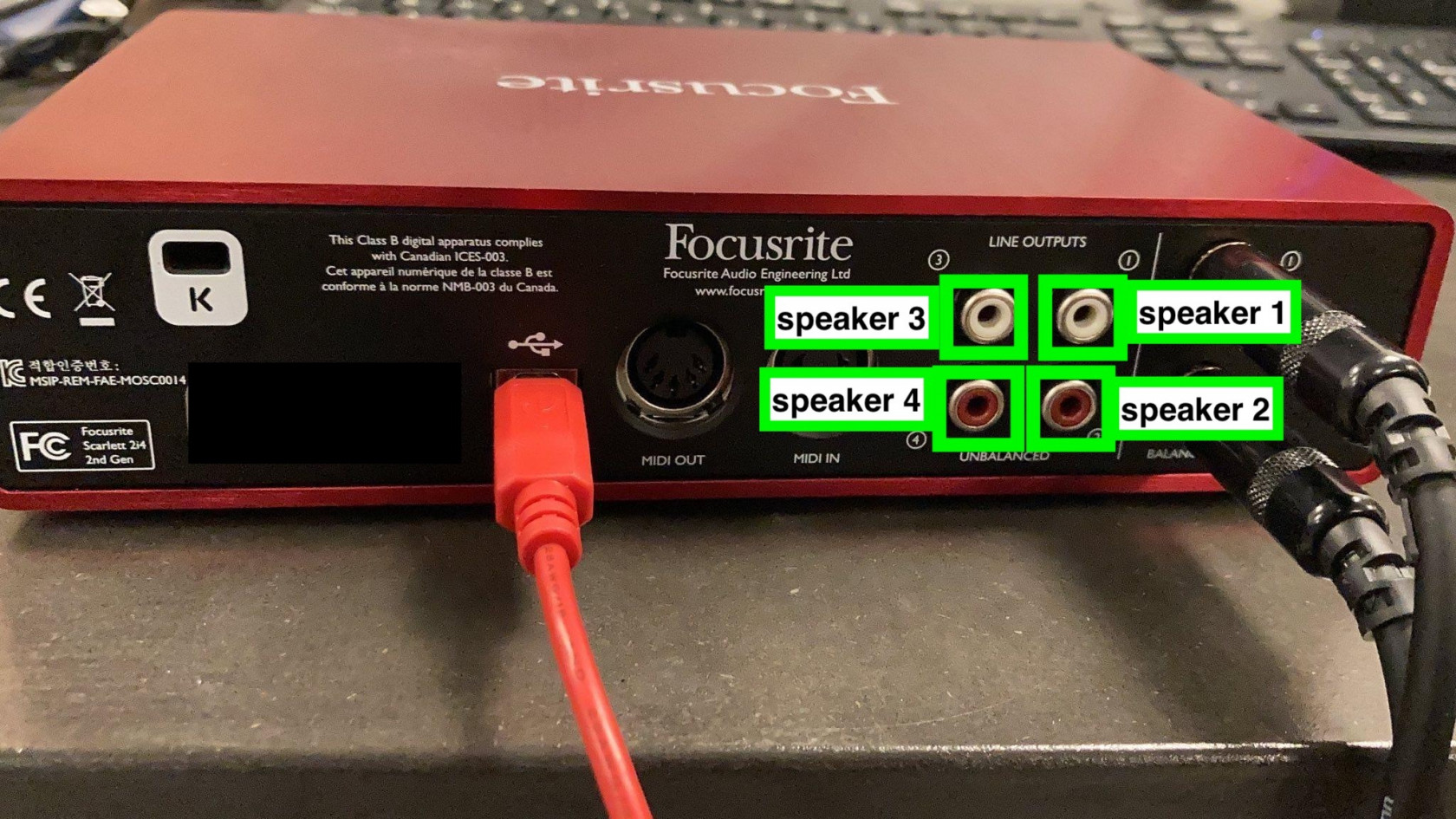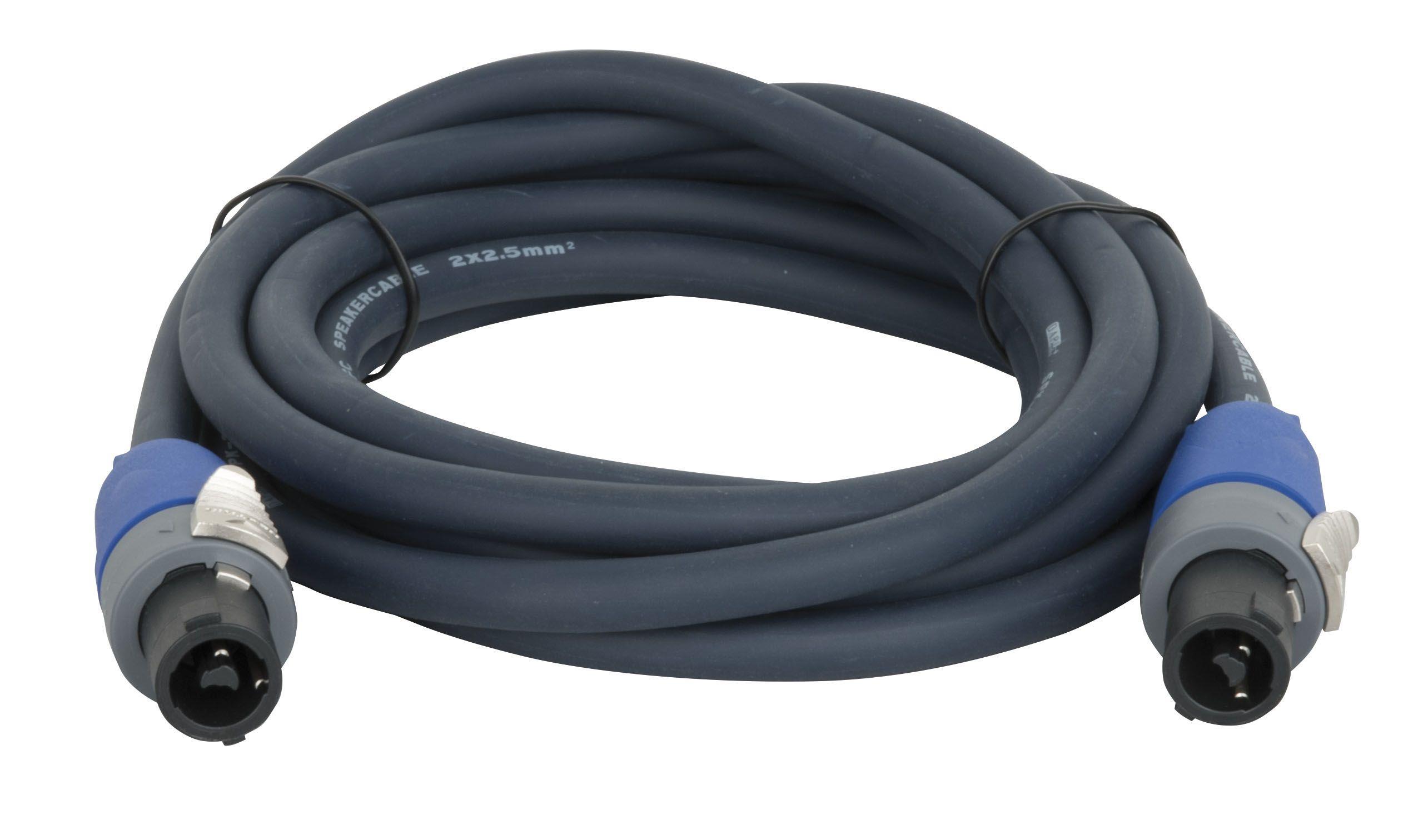Types of Audio Cables
There's a difference between analog and digital audio cables:
- Analog Cables are using electricity to transmit information
- Digital Cables use strings of data (1's and 0's) to transmit information
In the Blackbox, you will find both of these types of cables, for most setups we use analog cables such as Jacks, XLR, Tulp, and sometimes Speakon. Digital cables are used more as 'interface cables' and common ones are USB and Network cables.
Analog Cables
Most analog cables are used to transmit 3 types of signals:
- Line level: is the standard strength we use with audio equipment
- Mic/Microphone level: needs to be boosted to line level, because it's a low signal.
- Instrument level: such as coming from guitars/synths, also need to be boosted to line level.
This 'boosting' of the signal can be accomplished using amplifier equipment such as mixers, audio interfaces, and DI (Direct-In) Boxes.
UNBALANCED cables have only 2 wires:
- Signal
- Ground
BALANCED cables have 3 wires:
- Signal (+)
- Signal (-)
- Ground
Balanced cables are generally better for noise cancellation, we're not going to deep dive into this for now, but the use of 2 Signal (+) and (-) makes that the interfering noise that occurs between sender and receiver is canceled out.
Jack Cables
A TRS cable consists of:
- Tip (Signal +)
- Ring (Signal -)
- Sleeve or Ground
When working with Jack cables, you can choose between unbalanced and balanced cables. A lot of instruments such as guitars and keyboards have unbalanced connections. When building sound setups over longer distances, we always advise balanced (TRS) cables.
XLR Cables
XLR cables are always balanced and are also used commonly as microphone cables and also have 3 contact points. (Signal +, Signal -, Ground)
XLR connectors are much sturdier and the cables are generally better shielded than Jack connectors.
Tulp/Cinch cables
Speakon
Speakon connectors and cables are used for connecting more power-hungry speaker equipment and amplifiers together. They are used for bigger systems and can be found in theaters and at festivals. Generally, you will only use these cables in bigger setups.

